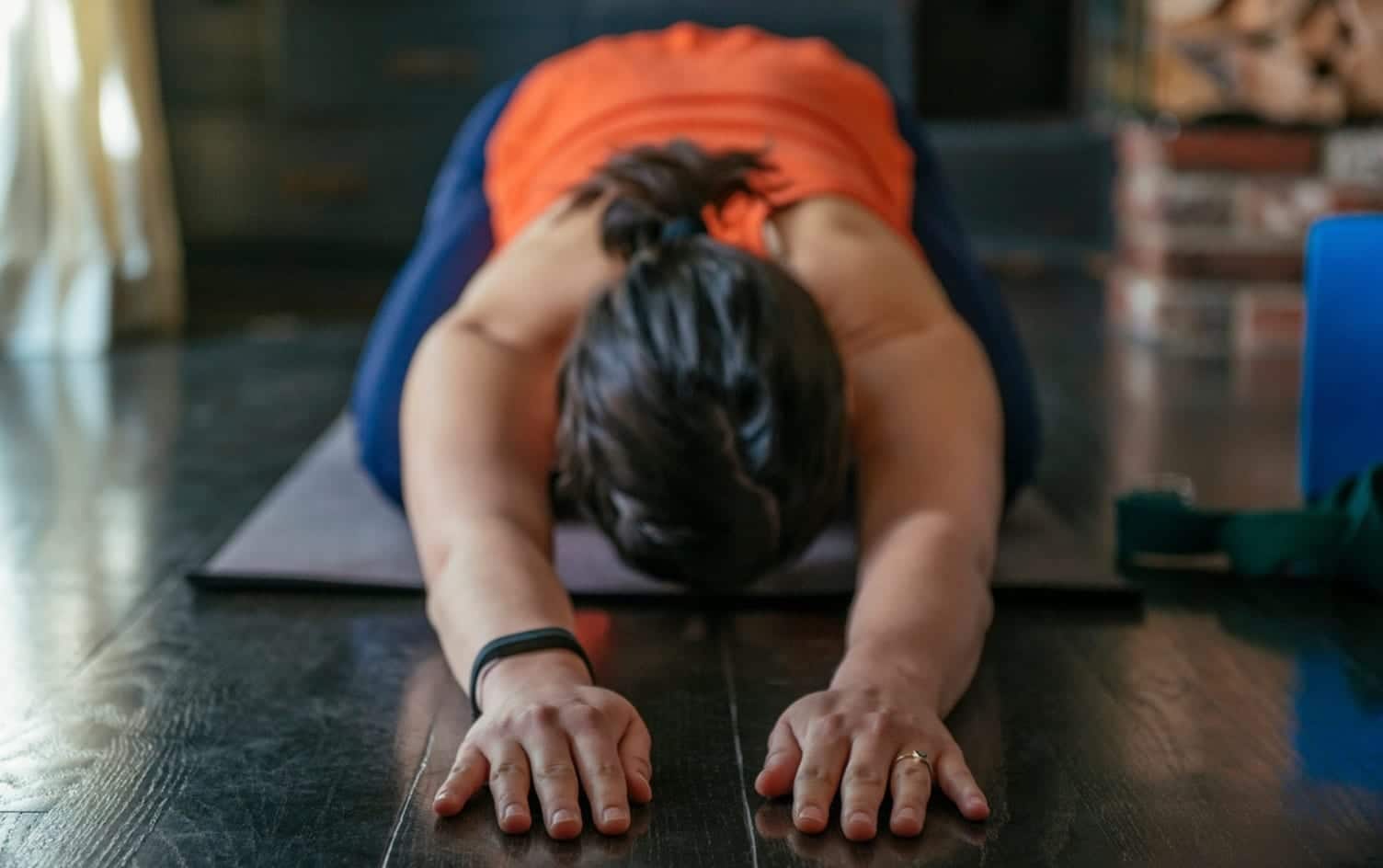When it’s so hot and humid you step outside and, minutes later, look like you jumped in the pool with your clothes on, seeking out an artificially hot and humid environment may seem ludicrous. But if you love hot yoga, you may think nothing of it.
While studies show hot yoga is safe for most individuals, you may want to take extra precautions when practicing during the summer.
“Recognize that hot yoga is an exercise that’s naturally dehydrating and you are going to lose electrolytes,” says Dr. Jared Bunch, medical director of heart rhythm services for Intermountain Healthcare. If you also plan to be outside — whether for additional exercise or because you don’t have access to air conditioning — you increase your risk of dehydration.
Here, seven ways to stay safe while you get your hot yoga on:
CHECK FOR SIGNS OF DEHYDRATION
You may be dehydrated, even when you’re not thirsty. “You have to follow your fluid intake very closely,” says Bunch, who is also a member of American College of Cardiology’s Sports and Exercise Cardiology Section. He recommends monitoring the color of your urine (light yellow tends to mean you are hydrated) and also your weight. “If you suddenly drop 2 or more pounds in a day, you are probably dehydrated,” he says.
Additionally, you can check your resting heart rate day to day to learn your normal rate. Then, if you see the beats per minute (bpm) rise by more than 20, you’re likely a little dehydrated and should hydrate. If your heart rate rises by 40–50 beats per minute, you likely need to hydrate with electrolytes. “Your heart is telling you the body is under significant stress due to fluid loss,” Bunch says.
PREHYDRATE
Nobody wants to exercise with a bunch of water sloshing around in their stomach. But you do need water before hot yoga, even more so when it’s already hot outside. Bunch recommends about 8 ounces (1 cup) of fluid with electrolytes before class. “You may feel ‘heavy’ initially if you prehydrate, but you will do better and perform better, and your heart will have a more normal rhythm when your electrolytes and fluid balance are more stable,” he says.
CONTINUE TO DRINK DURING CLASS
Although some yoga instructors advocate not drinking during class, it’s best for your body to stay hydrated during hot yoga. “The whole concept of hot yoga is excessive sweating. You need to replace the fluids and electrolytes lost,” says Bunch, who recommends about another 8 ounces of a sports drink or other drink with electrolytes during class.
LISTEN TO YOUR BODY
Check in throughout class to see how you feel. If you feel dizzy, lightheaded, short of breath, very unsteady or if your vision is blurry, do not ignore those signs. “Those are an opportunity to sit down and drink some water,” says Dorian Shorts, hot yoga instructor at Chelsea Piers Fitness in Brooklyn, New York. “It’s OK to be in a heated room, practice yoga and not move at the speed of light. You will still experience the benefits.” Monitor how you feel and, if it’s ever too much, leave the class. Your safety and health come first.
DON’T PUSH TOO HARD
“If it’s 100ºF (38ºC) outside, it may not be the day for deep twisting or a lot of inversions,” Shorts says. A longer meditation, savasana or other restorative aspect at the end of class may be perfect for your mind and body.
KEEP DRINKING WATER AFTER
Bunch recommends having about 16 ounces of fluids with electrolytes after class and then to keep drinking water the rest of the day. “You can get into trouble if you don’t recognize that you’ve lost electrolytes,” he explains. “This can lead to abnormal heart rhythms” if you don’t replenish the electrolytes.
SHOWER
Especially if you won’t be going to an air-conditioned space after class, be sure to hit the showers. “You have a much higher core body temperature coming out of class,” Bunch says. (Core body temperature rises to about 103ºF for men and 102ºF for women, according to an American Council on Exercise study.) Showering, especially a colder shower, helps your body cool down. “In the summer, avoid exposing yourself to hot temperatures outside after a class if you have not restored your fluids and electrolytes and taken time to lower your core temperature to normal,” Bunch recommends.




